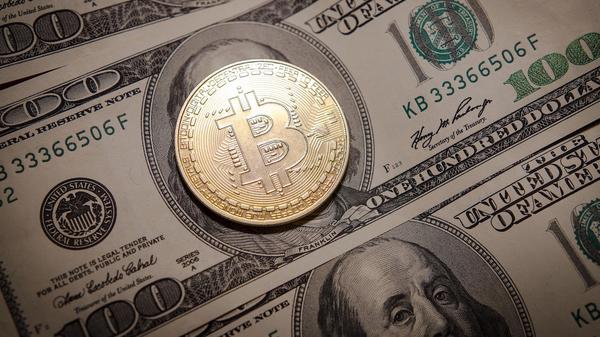Sixteen years ago I often joked that what the financial system needed was a “Goldilocks crisis” — a shock that was just hot enough to force investors and regulators to wake up and see the swelling risks in credit markets, but not so hot that it caused the entire system to burn down.
Sadly, back then, that crisis never occurred; instead credit derivatives and subprime mortgage lending continued to explode until they sparked the 2008 crisis that almost did “burn” the financial ecosystem down (until the central banks arrived with those quantitative easing extinguishers.)
But the intriguing question today, amid another financial innovation boom, is whether that Goldilocks moment has now arrived for digital assets? The crypto sector has recently exploded as dramatically as credit derivatives once did — and many investors are about as clueless on its workings as they were about collateralised debt obligations in 2006.
But this month we have experienced “one of the biggest catastrophes crypto has ever seen,” as Ran Neuner, a prominent crypto enthusiast, recently admitted. Most notably, Terra and Luna, the two so-called “algorithmic stable coins”, imploded, creating $50bn of losses in three days. Ouch.
Some now argue (or hope) that this shows crypto should completely burn down, given that the sector has failed to live up to its promise of offering a reliable store of wealth or truly efficient payments mechanisms.
Maybe this will happen. The overall $2tn-odd crypto market has already shrunk in value by around 30 per cent, and if a crisis now hits the $80bn tether stable coin (which is entirely possible), it will shrink further. But if you think (as I do) that the crypto revolution has a kernel of potentially valuable ideas around blockchain technology, it is foolish to demand a Chinese-style ban.
Yes, Luna always looked nutty, as respected crypto experts such as Alex Lipton, a finance professor, warned last year. But Lipton still thinks that blockchain could transform sectors such as foreign exchange trading and carbon markets, while some stable coins have payments uses.
So the $50bn question is whether the key players and policymakers can now embrace reform to weed out the bad, while retaining some of the good? Can a Goldilocks pattern occur?

It is unclear. But there are five key issues which investors should watch to determine the answer.
The first is whether the sector’s language becomes less confusing. Consider “stable coin”. This word is currently used to market an array of different practices, ranging from algorithmic coins (which are really more akin to a synthetic derivative) to the USDC coin (which is more like a mini narrow bank). This obfuscation needs to change.
Second, regulators need to extend some oversight. In America, tokens that act like funky derivatives or mutual funds are best overseen by the Commodity Futures Trading Commission or Securities and Exchange Commission. Coins that operate like mini banks are better monitored by the Office of the Comptroller of the Currency. (Circle, which issues USDC coins, is now in active discussions with the OCC for precisely this.)
Third, if regulators get involved, they should require stable coin issuers to provide audited, detailed statements about their assets, and impose big reserve requirements. That sounds obvious. But it is notably not what Tether, the largest stablecoin issuer, has done.
Fourth, regulators should demand that crypto exchanges uphold basic listing standards. And finally, clarity is urgently needed around custody, given that the exchanges are not just acting as platforms for cutting deals, but often holding customers’ assets as well.
This oft-ignored concentration of power makes a mockery of the decentralisation mantra that supposedly drives the crypto dream (and, as I recently noted, is just one contradiction in this sector’s creation mythology.)
But it also creates a practical risk: failure could spark market panic. Some small non-US jurisdictions have custody rules that protect investors if an exchange goes bankrupt. Not so on a federal level in America, as Coinbase executives were forced to admit to investors last week. This definitely needs to change.
These ideas are not remotely revolutionary; similar principles have been imposed on other areas of innovation before. Indeed, many were laid out clearly in a report issued by the President’s Working Group on Financial Markets seven long months ago, which called for “urgent” legislation to address the mounting risk.
But since then, Congress has notably failed to act; despite the fact that this is a rare topic on which there is bipartisan interest. Most mainstream crypto players have shrugged off the issues as well. For example, even though the issuer of Tether was fined for accounting malfeasance, investors have continued to use the coin.
Hence that Goldilocks question. If the industry and policymakers now (belatedly) react to being burnt by introducing a sensible framework, the world will finally be able to see if crypto can become something more than a fringe wild casino, with real uses. If not, expect more scandals, shocks and investor pain. To my mind, the jury is still out as to which scenario prevails.
gillian.tett@ft.com




